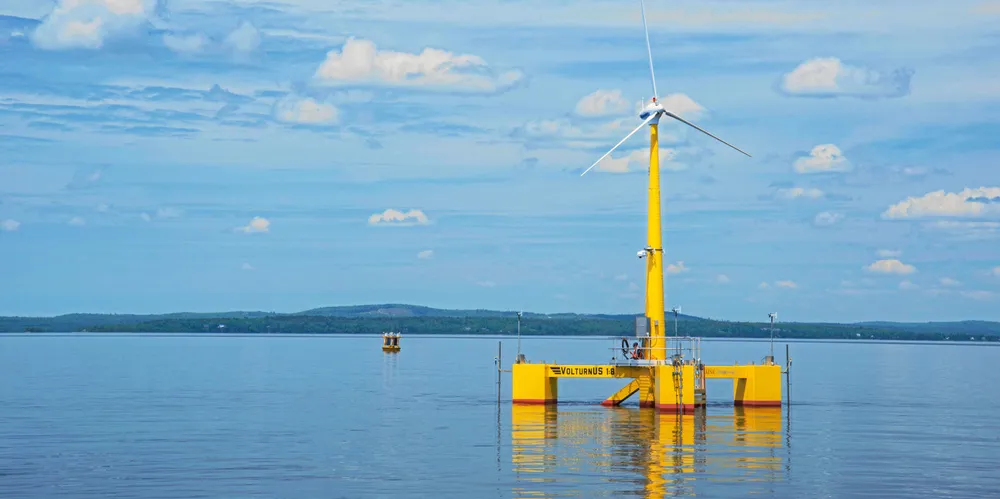Gulf of Maine next on deck for floating wind as US seeks interest in gigascale play
Announcement marks first step towards lease auctions by 2024 in region of North Atlantic seen as holding potential for up to 65GW of plant

Announcement marks first step towards lease auctions by 2024 in region of North Atlantic seen as holding potential for up to 65GW of plant
